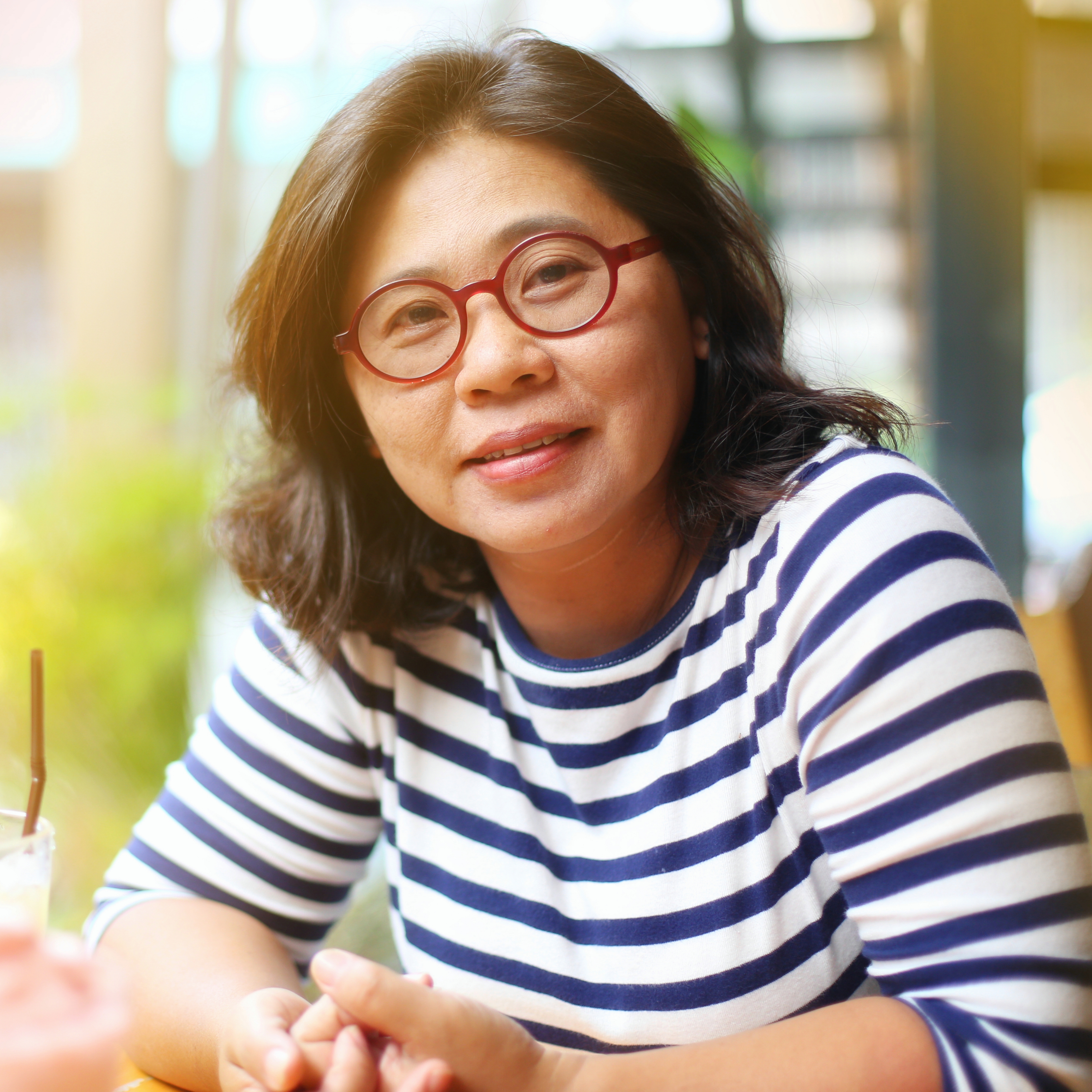Skin cancer is the most common type of cancer. About 1 in 5 people in the U.S. will have skin cancer during their lives. And it affects all skin colors.
Reporter Jason Howland explains in today's Mayo Clinic Minute.
Journalists: Broadcast-quality video (1:18) is in the downloads at the end of this post. Please courtesy: "Mayo Clinic News Network." Read the script.
Forty percent of all cancers in Caucasians are skin cancer. That number drops significantly to 6% for Hispanics; 5% for Asian Americans, Native Americans and Pacific Islanders; and just 2% for African Americans.
"It's a very small number, but the disparities in terms of the morbidity and the mortality are actually quite scary," says Dr. Yemi Sokumbi, a Mayo Clinic dermatologist.
She says African Americans are four times as likely as Caucasians to have advanced-stage melanoma.
"We have statistics demonstrating that they tend to die of their disease more often, and they tend to have more severe disease," says Dr. Sokumbi.
She says the No. 1 issue is that many African Americans don't think they need to use sunscreen.
"I want to be clear that that is a myth. We do need sunscreen. Black skin comes with an SPF (sun protection factor) of 13. An SPF of at least 30 is what's recommended," says Dr. Sokumbi.
Awareness and proper self-examinations by patients of color is key.
"While Caucasian patients when there's sun damage, we tend to see redness and erythema as a clue to some of that. In dark-skinned patients, what you actually tend to see is hyperpigmentation, so darkening of the skin, or a hypopigmentation, which is lightening of the skin," says Dr. Sokumbi.
She says any skin concerns should be evaluated by your dermatologist.
____________________________________________
For the safety of its patients, staff and visitors, Mayo Clinic has strict masking policies in place. Anyone shown without a mask was recorded prior to COVID-19 or recorded in an area not designated for patient care, where social distancing and other safety protocols were followed.







